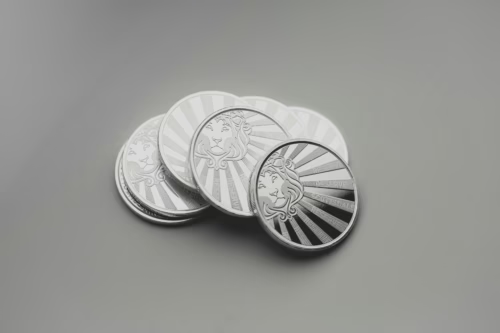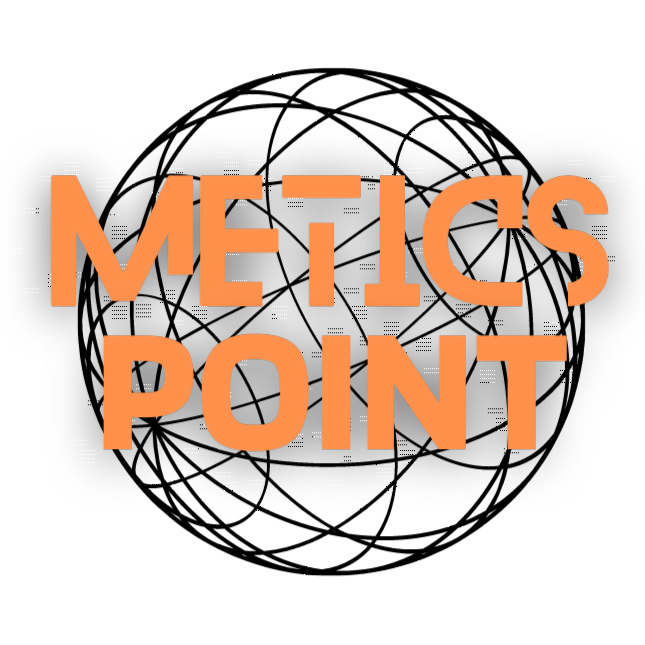Finding the Perfect Coins for Your Collection
How does one identify the ideal coins to collect? This question often surfaces among coin collectors and investors alike, as they navigate the expansive and intricate world of numismatics. Coin collecting, while deeply rooted in history, has evolved into a pursuit that transcends mere hobbyism, offering a confluence of historical, cultural, and financial rewards. Collectors are often confronted with a multitude of options: should they pursue coins of historical significance, those composed of rare metals, or perhaps those offering numismatic rarity?
At its core, the quest to find the perfect coins for one’s collection requires an informed and strategic approach. Understanding historical contexts, market trends, and the underlying value of distinct pieces plays a key role in this endeavor. This article aims to guide readers through the multifaceted journey of selecting coins for their collections, ensuring every decision resonates with value, growth potential, and personal significance.
Table of Contents
Historical Context of Coin Collecting
Coin collecting is not a contemporary phenomenon but rather a hobby that stretches back through millennia. The activity gained prominence during the early Renaissance, earning the moniker “the hobby of kings,” with rulers amassing collections showcasing the breadth and depth of their realms. Notably, the Roman Emperor Augustus was among the earliest recorded collectors, curating coins with an emphasis on historical figures and events.
This fascination with coins was neither arbitrary nor capricious; rather, it reflected the wealth, power, and historical acumen of its mostly regal practitioners. Coins served as tangible pieces of history, each minting telling a unique story—a concept that continues to captivate collectors today.
Current Trends in Coin Collecting
In today’s numismatic landscape, several trends have surfaced, reshaping the way collectors approach their hobby. One prominent trend is the growing interest in coins with distinct historical or cultural significance, which tell powerful stories of periods, societies, and economies. Another trend is the focus on coins made from rare or precious metals, especially in times of economic uncertainty when they are seen as stable investment vehicles.
Moreover, technological advancements have played a crucial role in modern coin collecting. Online marketplaces and digital catalogues make it easier for collectors to access and assess rare finds, thus democratizing the pursuit and broadening its appeal. Detailing specific examples can illuminate these modern trends further: the surge in digital auctions, the prevalence of cryptocurrency-themed commemorative coins, and the continuous allure of classic numismatic pieces all highlight the dynamic evolution within the field.

Key Concepts and Definitions
To navigate coin collecting effectively, understanding key concepts and definitions is paramount. Below are some essential terms:
- Face Value: The nominal value of a coin, printed on the coin face, representing its legal worth.
- Intrinsic Value: The value of the material composing the coin, such as its metal content.
- Numismatic Value: The market value of a coin as a collectible, based on rarity, demand, age, and condition.
- Mintage: The total number of coins produced or issued by a mint.
- Proof Coins: Special coins struck for collectors with high-quality features and finish, often more intricate than standard issues.
Understanding these terminologies not only contributes to more educated collecting but also empowers collectors to make informed decisions based on their personal or investment objectives.
Analyzing Subtopics in Coin Collecting
Breaking down coin collecting into manageable subtopics enables collectors to diversify their strategies. Below are critical subtopics every collector should consider:
Understanding Historical Significance
Some collectors are drawn to coins with profound historical significance. These coins encapsulate eras and events, fostering a deeper connection to history. A possible starting point is ancient coins, such as Greek and Roman, or coins from notable historical periods like World War II or the old British Empire.
Evaluating Material and Metal Composition
Coins minted from precious metals, such as gold, silver, or platinum, hold intrinsic appeal due to their metal content. Collectors often consider these not just as collectible items but also as valuable investments. Recognizing the purity and weight of the metal can influence purchasing decisions.
Assessing Condition and Rarity
A coin’s condition significantly impacts its numismatic value. Tools such as the Sheldon Coin Grading Scale—a system ranging from Poor (P-1) to Mint State (MS-70)—assist collectors in assessing coins. Furthermore, identifying rare coins, produced in limited quantities or with unique errors, adds considerable value and challenge to collecting.

Case Studies and Examples
Two illustrative case studies will clarify the principles discussed:
Case Study 1: The 1933 Double Eagle
The 1933 Double Eagle serves as an exemplar of numismatic rarity and historical intrigue. Initially minted during the Great Depression, nearly all such coins were melted, except a few that survived legally or clandestinely. Their rarity and the historical context of their minting culminated in a 2002 auction price of over $7.6 million. This case highlights the interplay between scarcity, historical significance, and collectability.
Case Study 2: Modern Bullion Coins
Conversely, consider the American Gold Eagle bullion coins. Although produced in significant numbers, their value lies in their gold content, appealing to investors seeking a tangible asset in times of financial uncertainty. Their widespread availability does not diminish their investment potential, illustrating how bullion coins can simultaneously offer security and accessibility.
Comparing Perspectives in Coin Collecting
A comparative analysis of different approaches to coin collecting can elucidate the diverse motivations underpinning the hobby. This comparison seeks to identify key distinctions among various collector mindsets:
| Perspective | Focus Area | Desired Outcome |
|---|---|---|
| Historical Collectors | Coins with significant historical events | Deep connection to history and storytelling |
| Metal Investors | Coins with high intrinsic metal value | Financial stability and asset appreciation |
| Rarity Seekers | Collecting rare, low-mintage coins | Achieving exclusivity and high numismatic value |
| Commemorative Buyers | Modern commemorative or themed coins | Reflecting contemporary interests or themes |
| Generalists | Variety of all types, eclectic collections | Broad enjoyment and discovery of new areas |
Each perspective offers unique insights, and collectors frequently blend approaches to suit evolving interests and objectives.

Impact Assessment
The preferences and approaches chosen by collectors have varying impacts on their collections and investment value. Coins reflecting historical or cultural significance, for example, often appreciate as their stories gain recognition or anniversaries recast them into public attention. Alternatively, metal coinditions respond to market fluctuations, aligning their value closely with global economic trends.
Coin collecting dramatically influences other sectors, such as education, by stimulating interest in history and culture. Additionally, it contributes to the art market, often repositioning coins as exhibits of craftsmanship and design. These impacts reverberate through societal, educational, and financial domains.
Future Directions and Implications
What does the future hold for coin collecting? As digital currencies rise, a fascinating convergence between traditional collecting and crypto-investment surfaces, evidenced by the production of cryptocurrency-themed coins. Furthermore, sustainability considerations are expected to drive the production of environmentally-friendly coins, possibly altering traditional metal compositions.
The implications extend beyond the collector’s sphere, potentially influencing monetary policies and production methods within mints globally. As collectors navigate evolving landscapes, understanding these implications ensures their collections remain relevant and valuable.

Conclusion
In summary, identifying and acquiring the perfect coins for a collection is both an art and a science, hinging on informed decisions about historical relevance, metal composition, and rarity. With the global rise in numismatic interest, collectors can take solace in a myriad of available resources, from online platforms to numismatic societies, each offering tools and insights that enrich the collecting experience.
Are you now equipped with a better understanding of how to choose coins that will stand the test of time and trends? Let your curiosity guide you to further exploration, ensuring that your numismatic pursuits not only reward you but contribute to the broader tapestry of historical appreciation and investment intelligence.

